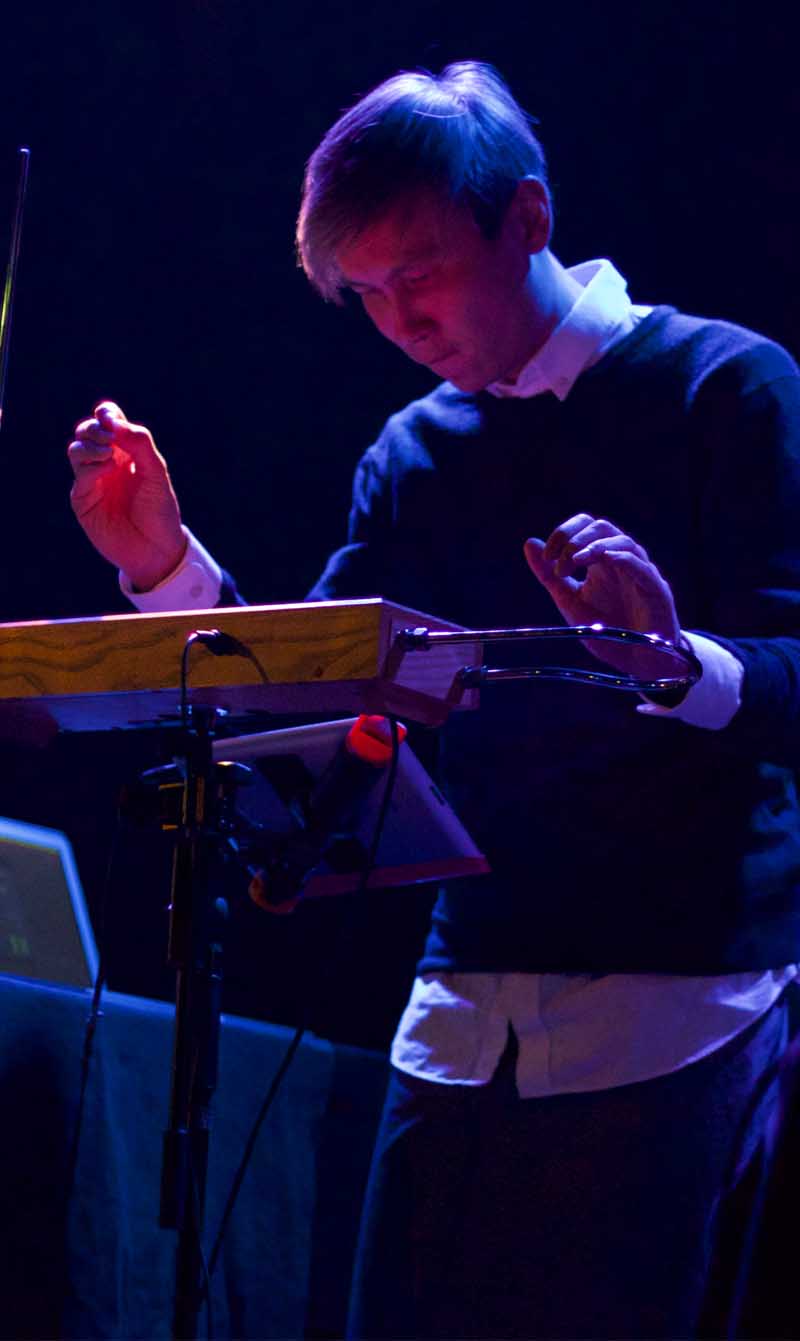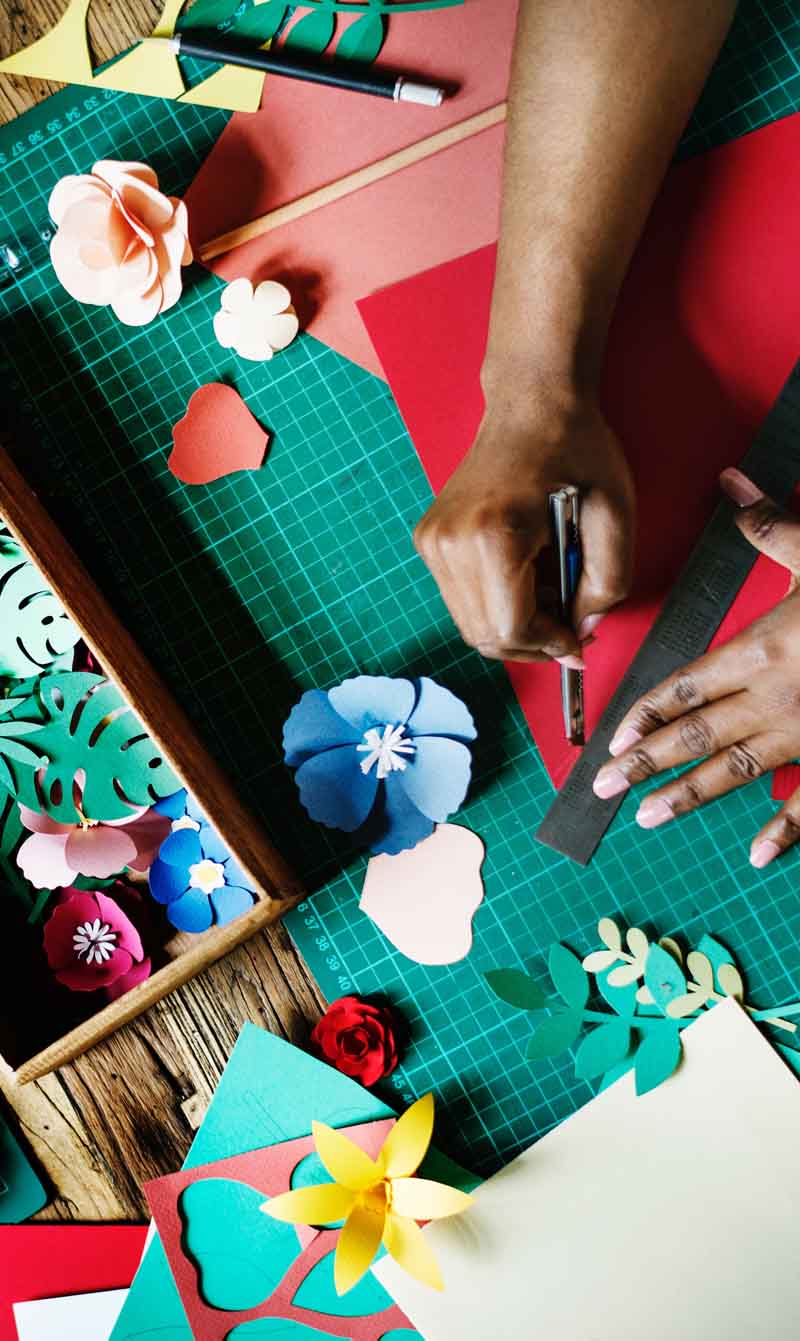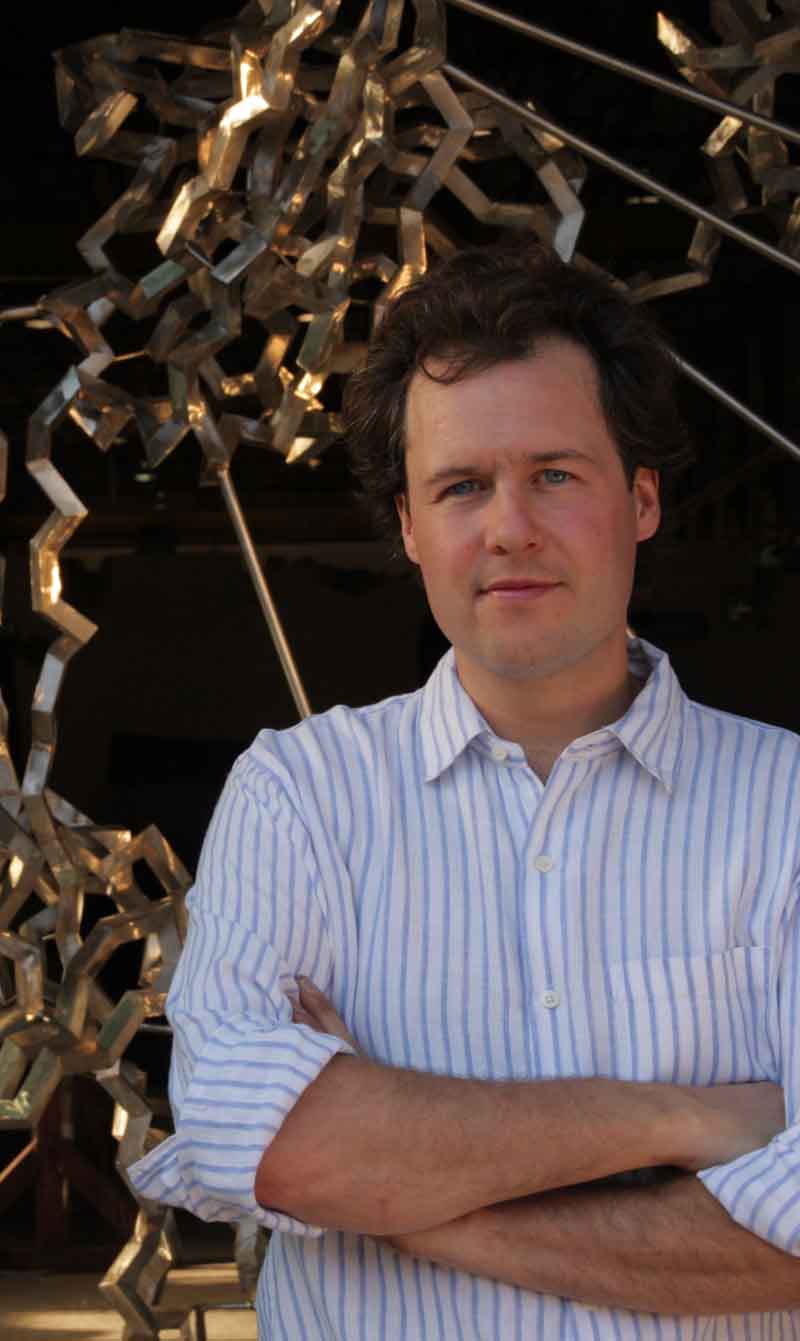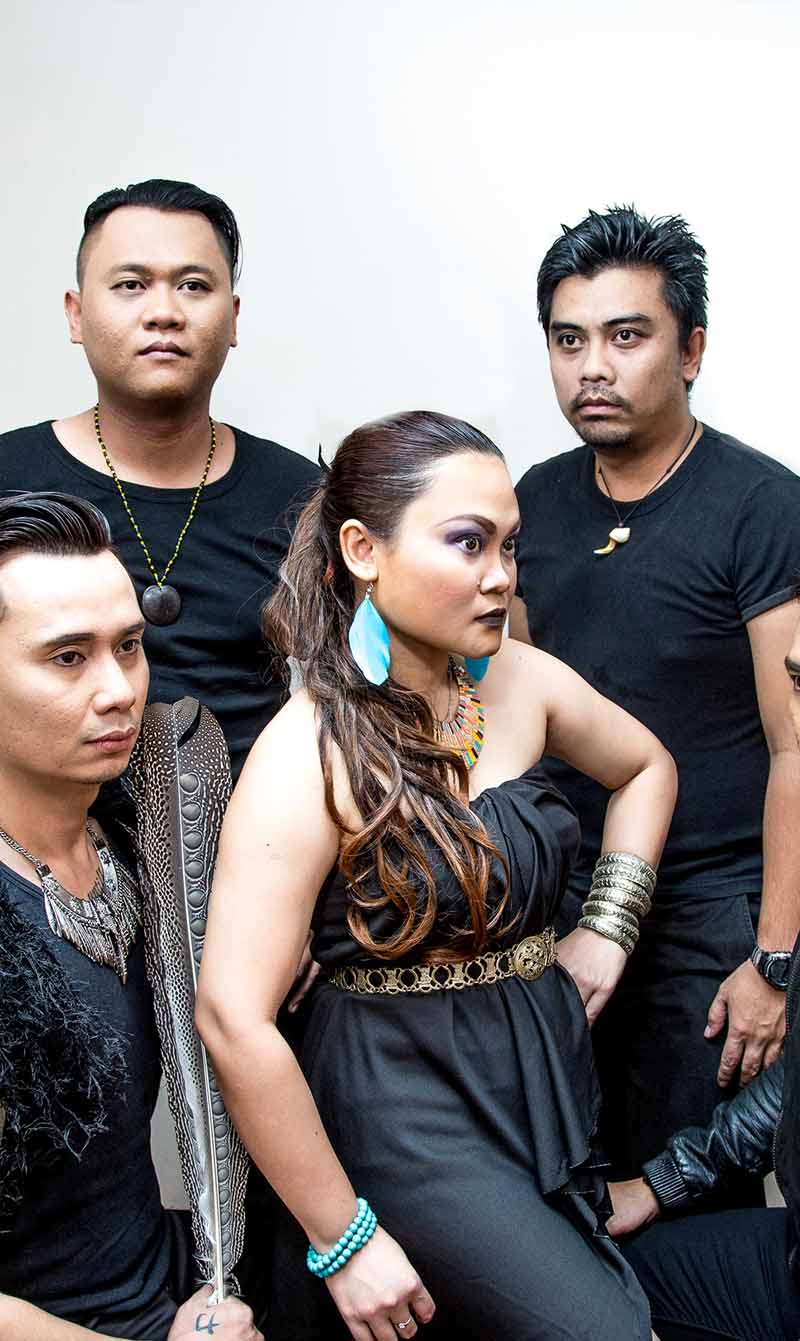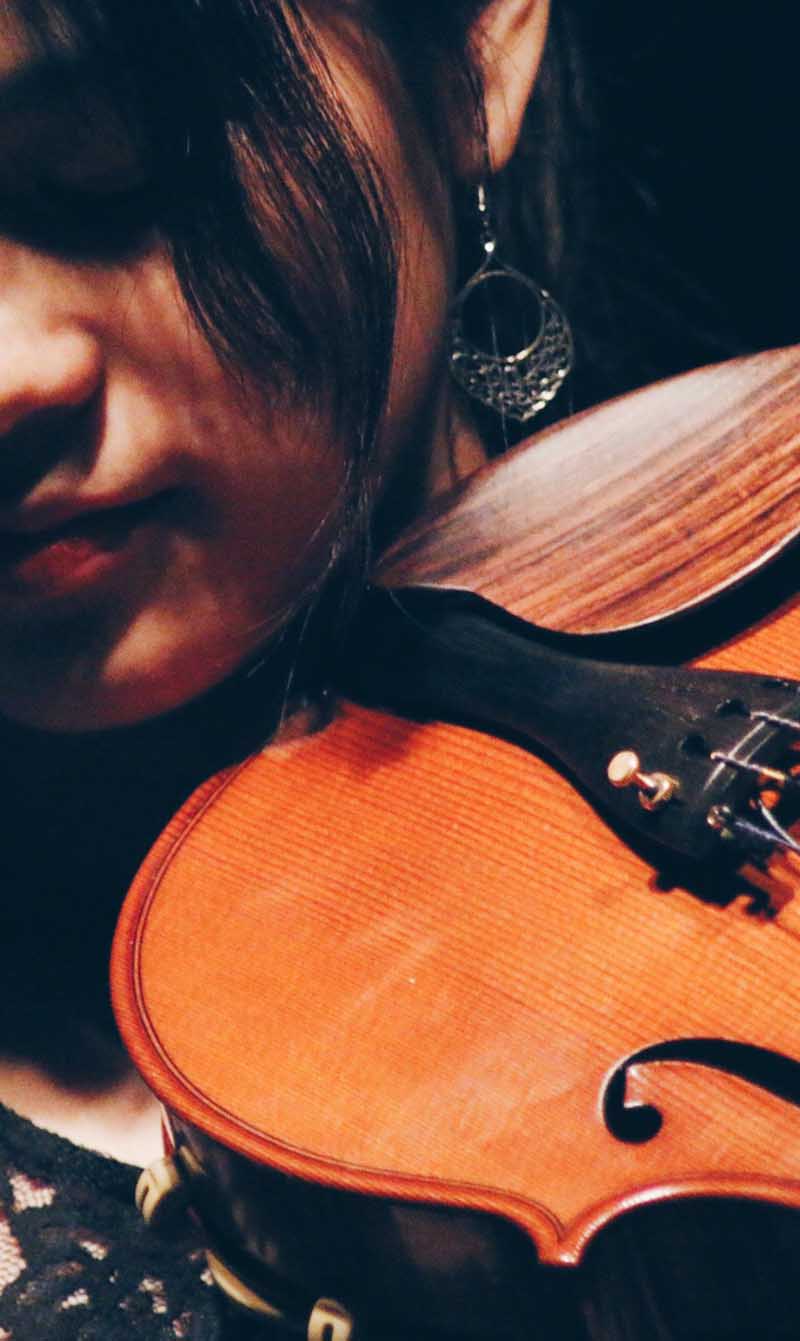Yin and yang of culture and commerce
Yasmin Khan Sheikh, an independent curator, producer and cultural advisor looks back on the lessons and highlights from WIEF’s sixth Marketplace of Creative Arts Festival (MOCAfest) in London.*
WIEF’s Marketplace of Creative Arts Festival (MOCAfest) is both a cathartic and cerebral experience – a tonic for the soul reminding us all of what it means to be human. Equally, it alerts us that, for the arts to thrive, future support from business and enterprise is essential.
‘Holding a camera can be as dangerous as holding a gun.’ This potent message was among the many nuggets of panel dialogue to emerge from the Marketplace of Creative Arts Festival (MOCAfest), which delivered its sixth iteration at ExCel London last October. Since its inception, MOCAfest has been steadily developing as a parallel strand of the annual World Islamic Economic Forum (WIEF), an initiative set up in 2005 seeking to build bridges through business.
To synergise with talks on economics, a two-day showcase of performance’s from around the world was devised to convey the impact of the creative sector on the global economy whilst simultaneously providing a springboard for new talent. Emerging artists were brought together alongside established practitioners from a range of genres spanning the visual arts, music and spoken word, right through to film and photography.
A selection of visual art was mounted in an exhibition titled ‘The Maze’. In this space, I caught many curious participants dipping out of the main WIEF talks to find solace amidst the alluring aesthetics of the displays. Near a vibrantly coloured painting of a lush landscape by Nadia Janjua, I met Lucy Bowden, a participant working for Sightsavers – a UK-based international charity. For her, MOCAfest proved to be ‘a rare and much-appreciated opportunity to encounter diverse themes through different mediums of creative expression.’
Over two successive evenings, the venue was brought to life through a melange of artistic performances on the grand stage. We were treated to solo segments as well as group jamming sessions – a new Phenomenon for many watching. The scenario is hard to describe with proper justice but goes something like this: an ensemble of solo instrumentalists collectively take the floor. Enter Pakistani expert musician Rakae Jamil on the sitar, followed by Algerian oud player Abdelkader Saadoun and Australian Joel Cerdor cradling a shurangiz (a traditional Persian stringed instrument). All took their turns in the spotlight before melding together into an acoustic jam session. One player would intermittently strum some harmonious chords; another would pluck a corresponding melody whilst the third would play a complementary sequence of notes.
Any concern that the quality of artistic performances might fluctuate was swiftly alleviated – a testament to the curatorial perceptiveness of the production team. It was a privilege to be introduced to unfamiliar artists whose talent was on par with established acts from the UK (who were also taking part) such as Saif Adam, Silk Road and the effervescent hip-hop group, Native Sun. The menu also included layers of philosophical poetic monologues from Mark Gonzales and penetrating spoken-word pieces from Sukina Pilgrim.
Dramatic footage projected as stage backdrops included a short meditative film by Aidah Rasheed, the effect of which was transporting and uplifting. And there were inventive strands of live interpretation: Dutch calligrapher Qasim Arif, German visual artist Tasnim Baghdadi and United States residence Saba Bernard swept the stage with rhythmic brushstrokes on canvas in tandem with different sets of musical instruments played by others, culminating in a production of unique works of collaborative art.
Another surprise act that stirred us to exhilaration was delivered by Zeshan Bagewadi, a distinguished Indian-American vocalist who is still in his 20s. The young musician played the harmonium while flawlessly mixing-and-matching first-class vocals. Audience members clearly enjoyed soaking up the natural dynamic that flowed seamlessly among musicians as they performed. We witnessed the evolution of unexpected duets and the forging of new bonds among performers who had been brought together purely by MOCAfest. Who could resist revelling in the spiritual joy evoked by galloping percussionist Ravinderjit Singh (representing the Diplomats of Drum) alongside the mystical playfulness of guitarist extraordinaire Asif Sinan? Their attentiveness, positive energy and respect for their fellow performers set a strong example for all others.
Je veux la changer!
‘Je veux la changer’, meaning ‘I want change’ is a melodious catchphrase that continues to resonate since MOCAfest ended. It was a brief French lyric sung impromptu by West African kora player N’Faly Kouyate and was a chorus echoed in unison by the audience.
Thoughtful discussion on specifically where to effect change was tackled during the daytime plenary talks. Eckhard Ahmed Krausen, a Danish photographer who specialises in documenting Islamic architecture across Europe, prompted a debate on the imperative for visual creativity in the building of mosques. The exemplars were mosques that had been designed to embody a natural coherence with their local landscapes.
‘We come from a legacy of story-makers,’ said Fuad Nahdi of the Radical Middle Way in kick-starting the film discussion. Fuad insisted that while film had the power to change mindsets, Muslim filmmakers should not necessarily feel obliged to be responsible for community PR. ‘Creative professionals should not feel the pressure of needing to fix political problems,’ said Bosnian filmmaker Aida Begic. But that does not mean shying away from difficult issues or avoiding our vulnerabilities in the medium of film.
All agreed that to create an exclusively Muslim cinema label would be self-harming, though some panellists argued that the world needed more good films about faith (a plea was made to resist depicting clichés such as camels riding into the sunset). Others suggested that we needed to look for more innovative opportunities to tell stories: Don’t forget the value of using humour but, above all, always seek to tell the truth.
During the Q&A session, Khalida Khan of the An-Nisa Society made the salient point that Muslim children were being damaged by a lack of exposure to creativity out of fear, that it could lead to something that might slip between the perceived margins of an Islamic framework. Among other practical issues addressed were how and where creative Muslims should collaborate. Aside from MOCAfest, there are currently few tangible systems in place that enable like-minded Muslim artists to converge. This is where the urgency of a dialogue between businesses and creative professionals needs to be felt: those with original ideas should be connected to those with the money who can help bring creative ideas to fruition. Fazil Irwan Som, the director of MOCAfest, shared an astute analysis that captured and the crux of the matter. ‘The world business hinges on hierarchy and formal structures while the arts open us to new forms of exploration that spur the imagination. By bringing the two together in the same space their strengths can diffuse across, enabling each other to become even stronger.’
Endeavouring to increase the critical mass of grassroots artists is necessary to progress. Likewise, more professionals who understand how to navigate through systems are needed within the main infrastructure in order to help nurture talent from the margins and push it back to the core.
Jolly good MOCAfellows
In the run-up to MOCAfest, organisers set up unique initiatives to help develop artists by equipping them with key business skills to sustain their practices well into the future. Ten aspiring international artists were shortlisted in a competitive process to become the 2013 cohort of MOCAfellows. Their dedication was unwavering – many journeyed from afar to participate, self-subsidising their own travel costs, and came from Australia, Singapore, Germany and the Netherlands.
The fellowship programme took place at the Kobi Nasrul Centre near London’s famously multicultural Brick Lane. Topics explored included fundraising, value propositions, marketing, branding, social media and networking.
Facilitated by esteemed theatre practitioner Hassan Mahamdallie, the interactive sessions were led by several expert guests speakers from across the cultural sector. Graffiti artist Mohamed Ali, who works under pseudonym Aerosol Arabic, inspired participants with personal case studies of how he had successfully established an online identity to complement his cutting-edge work at Soul City Arts.
During a session I delivered on the value proposition, I asked participants to note why their work was important to themselves and then compare that with a separate stack of post-it-notes that listed why they through their work was important to others. This exercise is trickier than it sounds but worth doing as part of client segmentation. Understand the different sets of values held by partners, stakeholders and clients can help artists to decipher how to deliver on a range of unique expectations.
Fundamental to nurturing client and partner relationships is the necessity to establish trust, which can be done by establishing a compelling narrative of the process through which artists create their works. Good storytelling lies at the heart of the value proposition. One of my favourite examples of value-based storytelling is Innocent’s ‘Big Kint’ campaign to raise money for Age UK: mini hats knitted by people are placed over the lids of branded fruit smoothie bottles ready for customers to purchase, of which 25p is donated to charity. The public was also rallied to create virtual knitted hats online, and for every hat shared on Twitter or Facebook, 10p would be donated to Age UK. Tugging creatively at people’s social values has proven to be an ethically strategic method to win over new customers while cultivating a fan base.
Abid Hussain of Arts Council England revealed that the overwhelming majority of artists (72 per cent) earned less than GBP10,000 per annum through their artwork alone, hence there was a need for artists to diversify their income streams by developing commercial platforms for their work. Applying for grants from trusts and foundations is highly competitive, so securing sponsorship from businesses can be a vital lifeline for many artists – and this is also of great relevance to the ethos of WIEF. The MOCAfellows programme culminated in individual fellows producing detailed business plans for implementation after the course.
Future arts philanthropy
Artists and MOCAfellows were able to run shoulders with a host of leading business delegated but there was still some way to go towards transforming those interactions into a fully mutual exchange.
‘It’s the WIEF business participants who are currently the main beneficiaries of the MOCAfest,’ said business consultant Arif Zaman. ‘Observing these showcased artists has opened their minds to new forms of thinking and expression. The next step is to convert their appreciation into financial support,’
There is ample potential for financial support to be tapped. During the Forum, the Muslim Council of Britain launched The Muslim Pound, a report exploring the extent to which the British Muslim population contributed to the UK economy. Top findings revealed that there were over 10,000 Muslim millionaires in the UK alone. British Muslims had an estimated spending power of GBP20.5 billion and were found to be the highest online charity givers compared to donations from other religious groups in the UK. But to what extent were wealthy Muslim individuals and businesses supporting artists through philanthropy?
While foreign business philanthropists from the Middle East have funded major national museum exhibitions in the UK (such as the Jameel Gallery at the Victoria and Albert Museum), local Muslim artists are still struggling to survive on their art alone. At the Forum’s opening, United Kingdom’s former Prime Minister David Cameron acknowledged that ‘Islamic finance has helped transform London’s skyline by financing in whole or part developments such as The Shard, Chelsea Barracks, Harrods and the Olympic Village.’
Unsurprisingly, some participants lamented that, from a global perspective, the mainstream business sector is under a false impression that the value of the Islamic world is to be gauged only through the narrow prism of finance and innovation. One way to break this paradigm is through highlighting the potential cultural value of the Diaspora, which ultimately requires a substantial increase of entrepreneurial investment in grassroots art.
___________________
*The sixth Marketplace of Creative Arts Festival (MOCAfest) was part of the World Islamic Economic Forum in London, 2013.
Photo Credit: Rosie Kerr

